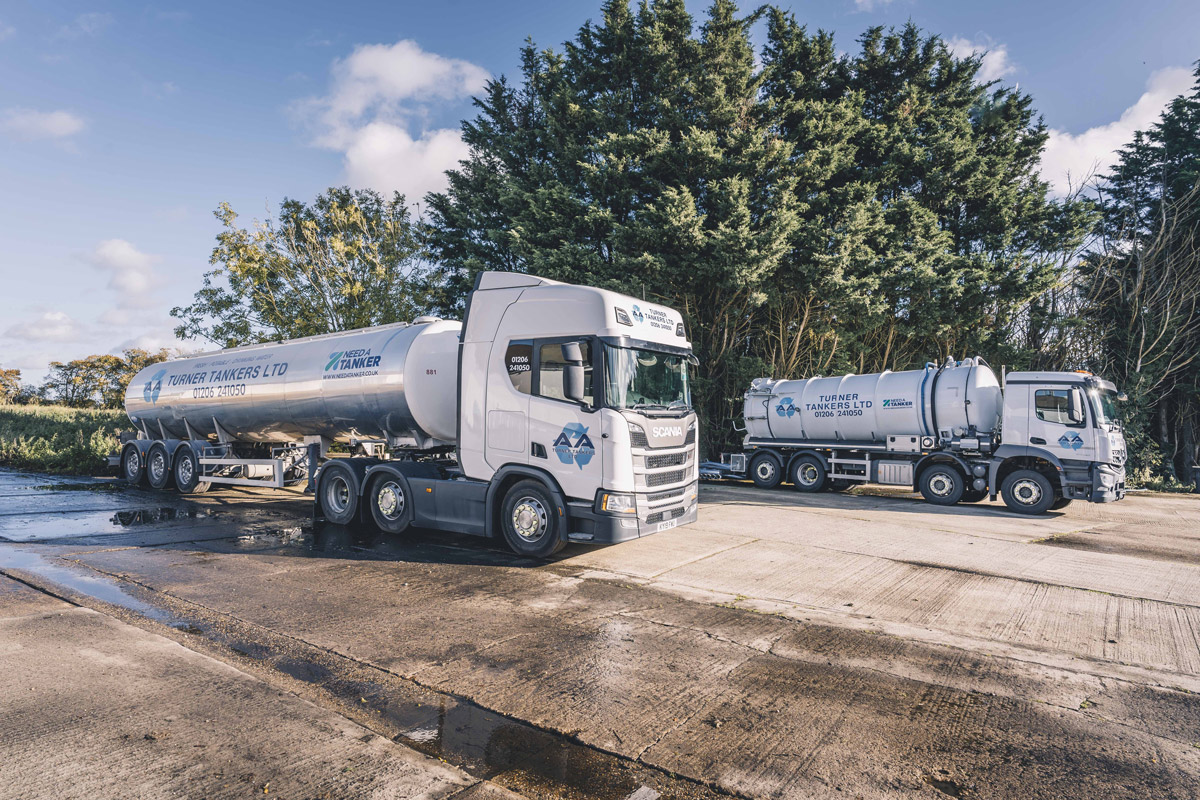Little Known Facts About Reclaim Waste.
Little Known Facts About Reclaim Waste.
Blog Article
Reclaim Waste Fundamentals Explained
Table of ContentsAbout Reclaim WasteThe Only Guide to Reclaim WasteGetting My Reclaim Waste To WorkReclaim Waste Things To Know Before You Get ThisThe 20-Second Trick For Reclaim Waste
Explore the kinds, events, and types of fluid waste. Domestic sewer waste refers to the waste and products from a property sewage-disposal tank. This sort of waste is created by human beings in homes, schools, and various other structures. This only includes septic tanks that have a drainpipe field. The proper management and disposal of residential sewage waste need liquid waste to be moved to a sewage treatment plant where the correct techniques and devices are put on purify and throw away waste.
Business waste often includes possible risks, such as flammable materials or a blend of liquid and solid waste products, and calls for an advanced and thorough disposal process. The disposal of industrial waste normally involves the filtering of waste prior to transportation to make certain risk-free and correct disposal. Hazardous waste is created from by-products and drainage of industrial processes and manufacturing.
This kind of waste can not make use of the very same sewer monitoring transportation or processes as septic or industrial liquids. The commercial waste monitoring procedure calls for the evaluation and testing of fluid waste before it undergoes the disposal process (liquid waste disposal). Runoff waste is the liquid waste that comes from overflow and excess stormwater in highly populated areas or cities
Runoff waste can create contamination and flooding if not dealt with effectively. Ensuring proper waste management can avoid calamities and minimize environmental injury.
The Best Guide To Reclaim Waste
Contact PROS Solutions today to discover our waste management and disposal solutions and the correct ways to look after the liquid waste you create.
(https://reclaimwaste1.wordpress.com/2024/11/12/efficient-liquid-waste-disposal-in-melbourne-reclaim-wastes-expert-solutions/)Do you understand what occurs to your water when you disengage, purge the toilet or drain pipes the cleaning machine? No? Well, it deserves understanding. This so-called 'wastewater' is not just an important source however, after treatment, will certainly be released to our land, rivers or the ocean. Used water from toilets, showers, bathrooms, cooking area sinks, laundries and commercial processes is called wastewater.

water used to cool equipment or clean plant and tools). Stormwater, a type of wastewater, is drainage that flows from agricultural and metropolitan locations such as roofing systems, parks, yards, roadways, courses and rain gutters into stormwater drains pipes, after rainfall. Stormwater flows unattended straight to regional creeks or rivers, at some point reaching the ocean.
The 30-Second Trick For Reclaim Waste
In Queensland, many wastewater is treated at sewer treatment plants. Wastewater is transported from domestic or commercial websites through a system of drains and pump terminals, recognized as sewage reticulation, to a sewer treatment plant.
The Department of Natural Resources encourages city governments about handling, operating and preserving sewerage systems and therapy plants. In unsewered locations, neighborhood federal governments might call for householders to install private or household sewage therapy systems to deal with domestic wastewater from bathrooms, kitchens, shower rooms and washings. The Department of Natural Resources authorises using home systems when they are confirmed to be effective.
In some brand-new communities, treatment of some stormwater to get rid of trash, sand and crushed rock has actually begun making use of gross contaminant catches. Wastewater treatment happens in four stages: Removes strong issue.
Wastewater after that streams right into big containers where solids clear up and are eliminated as sludge. Oil and scum are skimmed from the surface area. Uses little living organisms called micro-organisms to damage down and remove staying liquified wastes and fine bits. Micro-organisms and wastes are included in the sludge. Removes nitrogen and phosphorus nutrients that might create algal blooms in our waterways and intimidate water life.
The Definitive Guide to Reclaim Waste
Nutrient removal is not offered at all sewage treatment plants because it requires costly specialized tools. Clear liquid effluent produced after treatment might still contain disease-causing micro-organisms - industrial wastewater treatment.

This usually means wastewater needs go to this site to be dealt with or pollutants removed prior to it can be released to waterways. Most wastewater moves right into the sewerage system. Under the Act, local federal governments carry out approvals and licences for eco appropriate activities (Periods) including wastewater releases that could have a regional impact. The division carries out authorizations and licences to ERAs entailing wastewater releases that could have a local or statewide influence.
8 Easy Facts About Reclaim Waste Shown
Or else, examples are taken for research laboratory analysis. Commonly several tests are required to develop the levels of each of the various pollutants such as oils, heavy metals and chemicals in water. Surveillance provides factual info about water top quality and can confirm that licence conditions are being satisfied. The info gotten via monitoring offers the basis for making water high quality choices.
Report this page